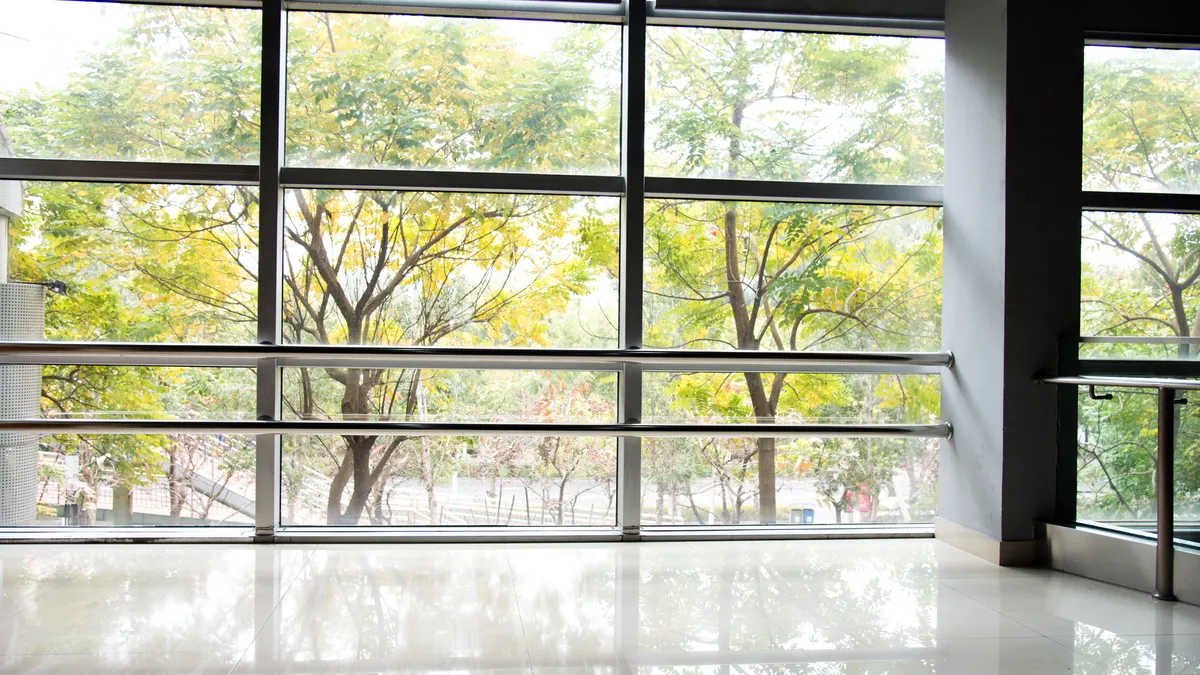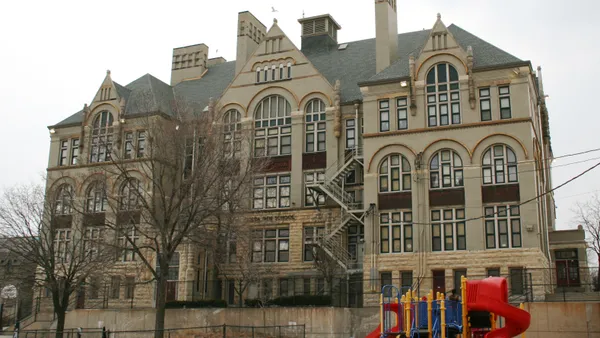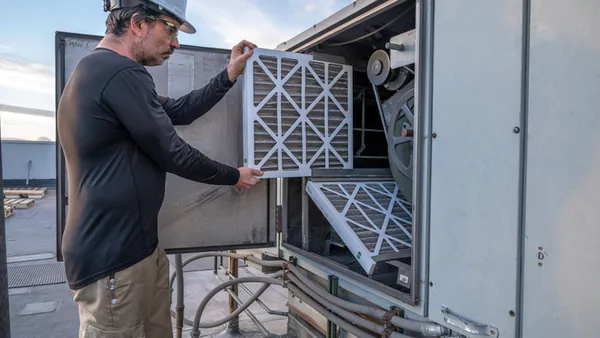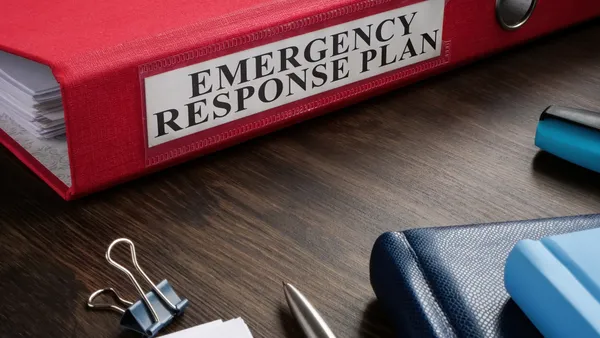Dive Brief:
- The WELL Building Standard is now being implemented across more than 5 billion square feet of space in 130 countries, according to the International WELL Building Institute, which manages the standard.
- The standard, adopted by more than 150 companies from the Fortune 500 and Global 500 lists, contributes to the enhanced health of an estimated 25 million individuals across nearly 74,000 commercial and residential buildings, IWBI said in a Feb. 22 release.
- The milestone reflects a growing focus on workforce well-being and efforts to boost employee recruitment, retention and productivity across a wide range of sectors, IWBI said.
Dive Insight:
The growth in WELL standard adoption is “really about investing in a workforce that thrives,” IWBI Executive Vice President of External Affairs Jason Hartke told Facilities Dive. “These organizations want a workplace that is going to support health and well-being because we know that it helps to improve workplace satisfaction, comfort and, perhaps most importantly, productivity,” he said, pointing to IWBI research that found a 10-point jump in employees’ median productivity scores after their buildings obtained WELL certification.
That research, which analyzed pre-certification and post-certification occupancy survey data, showed that occupants’ workplace satisfaction levels increased from 42% to 70% after WELL certification. Survey results also highlighted a 10 percentage point improvement in perceived mental health, a 2 percentage point increase in perceived physical health and a 26% climb in overall reported well-being scores. These data points echo the findings of a 2019 study by global advisory firm Stok, which showed that healthy, high-performance buildings yield a net present value of $21,172 per employee, or $115 per square foot, over 10 years, assuming a cost premium of $20 per square foot.
“This demand for healthier buildings is also a resilience strategy across organizations because it focuses on the people — not just their individual health, but also the social health of the community,” Hartke said. “It also ties very closely back to so many companies' ESG strategies. We've seen that pop up all around the world, with companies embracing these strategies … Healthy building strategies have also been woven into sustainable finance, leveraging tools to help accelerate the adoption of these types of building techniques.”
Looking ahead, WELL says it is poised for “even faster adoption, bolstered by signature partnerships, global policy advancements and an increased focus on social sustainability.” These partnerships include an agreement with the U.S. Green Building Council to develop a streamlined review and documentation process for projects pursuing LEED and WELL certifications simultaneously. From when the process was released last April through October, close to 350 projects representing 80 million square feet of space in 38 countries already opted in to use the pathway, IWBI said.
Another partnership announced last December, with global ESG real estate and infrastructure benchmarking firm GRESB, aims to “accelerate progress in social sustainability” and create “new tools to help investors and managers deliver positive impacts to people and communities,” IWBI President and CEO Rachel Hodgdon said in a statement.
The WELL ecosystem, which comprises the WELL Certification, WELL Health-Safety Rating, WELL Performance Rating, WELL Equity Rating and WELL Community Standard as well as a new residential pilot, have also begun to be adopted at scale, according to IWBI. Last August, Oklahoma City earned the health-safety rating for facility operations and management across its portfolio of five municipal buildings, joining Miami and Jersey City, New Jersey, in adopting the WELL standard on a city level.
Correction: A previous version of this article misidentified Jason Hartke's role. Hartke is the executive vice president of external affairs at the International WELL Building Institute.













